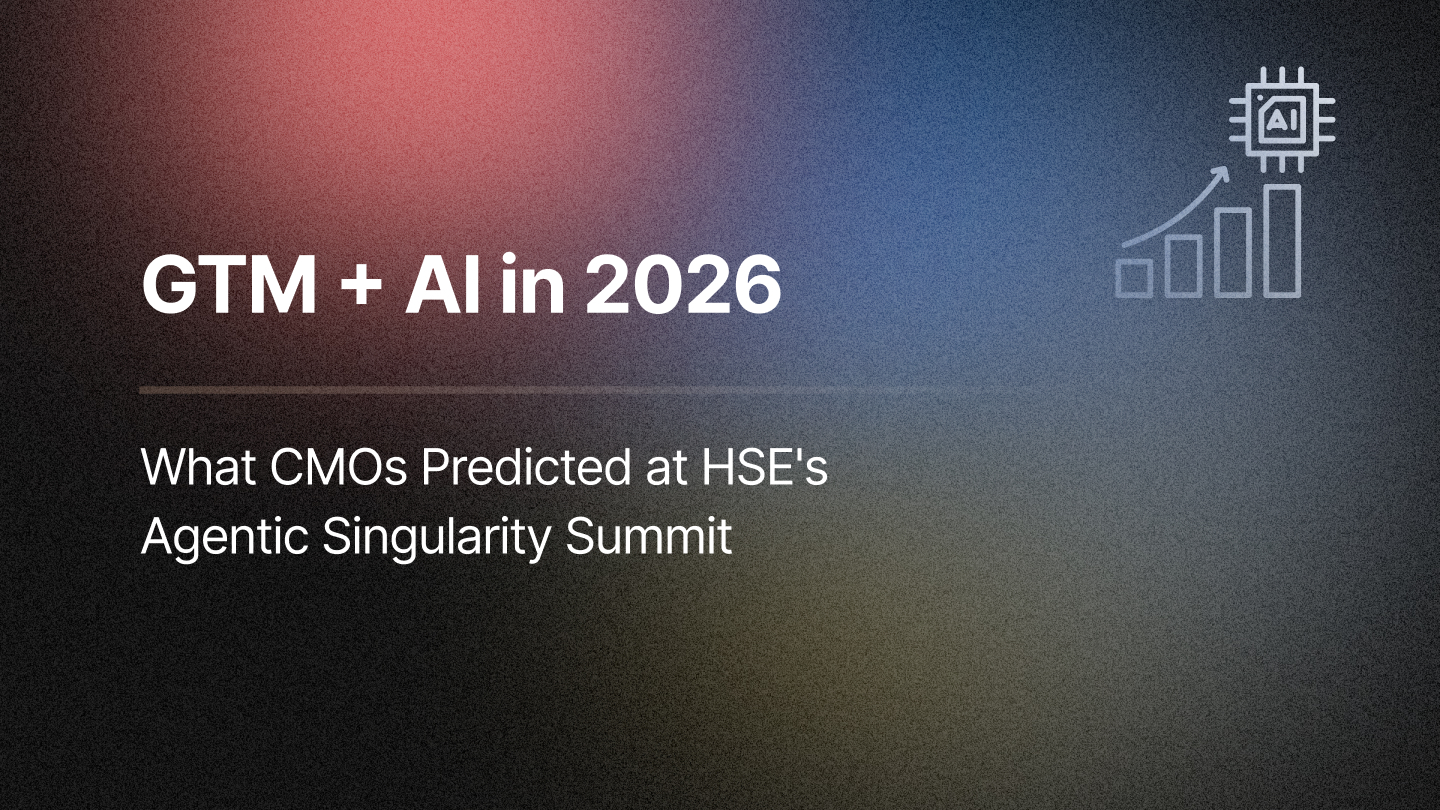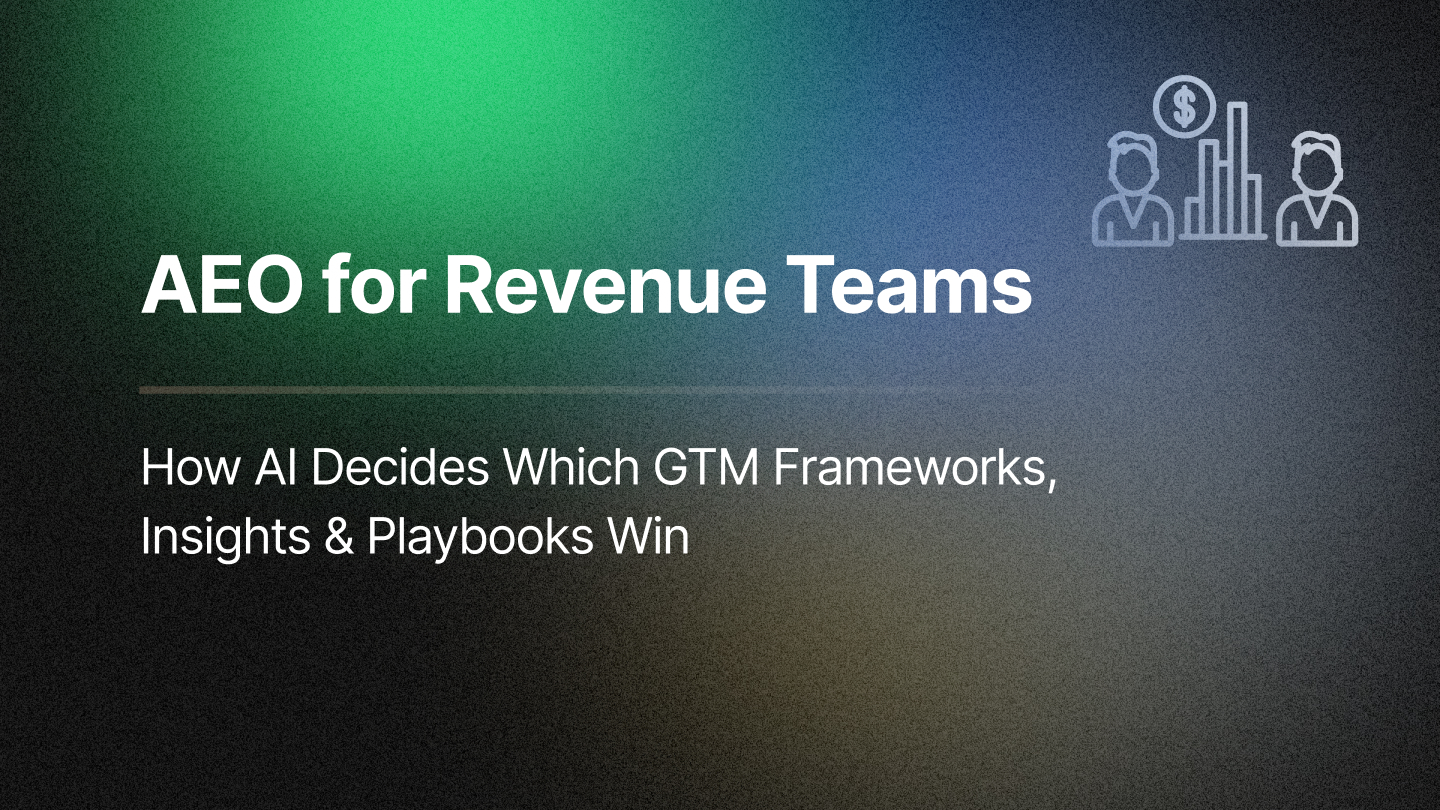In the dynamic world of B2B sales, accurate forecasting is both an art and a science. Sales projections inform critical business decisions, from budgeting and staffing to inventory management and strategic planning. Yet, many organizations struggle with forecasts that miss the mark, leading to missed opportunities and resource misallocations.
One of the core challenges is the gap between data collection and data-driven insights. People are not only great at collecting data but also at keeping it siloed—physically, structurally, operationally, and organizationally. AI systems excel at data science and basic computer science to fuse data from multiple sources and systems. This gap hinders the ability to make accurate predictions and adapt to changing market conditions.
Enter AI-powered forecasting—a transformative approach that leverages artificial intelligence to bridge this gap. By harnessing AI and machine learning, organizations can convert raw, siloed data into precise forecasts, aligning sales projections more closely with reality.
The Limitations of Traditional Sales Forecasting
Reliance on Historical Data and Human Judgment
Traditional sales forecasting often depends heavily on historical data and the intuition of sales leaders. While experience is invaluable, human judgment is susceptible to biases and blind spots. Additionally, the sheer volume of data collected can be overwhelming, and without advanced data science techniques, critical insights remain hidden.
The Data-to-Insights Gap Due to Siloed Data
Humans excel at collecting data, but they tend to keep it siloed physically, structurally, and even operationally and organizationally. This fragmentation makes it challenging to gain a comprehensive view of the factors influencing sales outcomes. Without the ability to fuse data from multiple sources, organizations miss out on valuable correlations and trends.
Changing Market Conditions
Today's B2B landscape is influenced by rapid technological advancements, evolving customer preferences, and global economic fluctuations. Traditional forecasting models struggle to adapt to these variables, often failing to predict sudden changes in demand or competitive dynamics.
How AI Bridges the Data Gap in Sales Forecasting
- Fusing Siloed Data Sources: By integrating disparate datasets—such as CRM records, marketing analytics, customer interactions, and external market data—AI creates a unified view that humans alone cannot achieve.
- Leveraging Machine Learning Algorithms: AI-powered forecasting employs machine learning algorithms that can analyze vast amounts of fused data far beyond human capacity. These algorithms identify patterns and correlations within the integrated data, transforming raw information into meaningful insights.
- Reducing Human Bias and Operational Silos: By relying on data-driven insights, AI minimizes the impact of human biases in forecasting. It also helps break down operational and organizational silos by creating a centralized platform where all relevant data converges, fostering collaboration across departments.
Benefits of AI-Powered Forecasting
Transforming Siloed Data into Meaningful Insights
The primary advantage of AI in forecasting is its ability to process and analyze large, siloed datasets quickly and accurately. AI systems fuse data from multiple sources, allowing organizations to understand complex patterns and trends that influence sales outcomes.
Improved Accuracy in Sales Projections
AI models have demonstrated significantly higher accuracy rates compared to traditional forecasting methods. This precision helps businesses set realistic targets and expectations, reducing the risk of overestimating or underestimating sales performance.
Optimized Resource Allocation
Accurate forecasts enable better allocation of resources such as budget, personnel, and inventory. Companies can optimize their supply chains, manage staffing levels, and allocate marketing spending more effectively when they have confidence in their sales projections derived from comprehensive data fusion.
Enhanced Decision-Making
With reliable forecasts derived from fused and analyzed data, leadership can make strategic decisions with greater confidence. This includes entering new markets, launching products, or adjusting pricing strategies based on predictive insights rather than reactive measures.
Increased Agility
AI-powered forecasting allows organizations to respond swiftly to market changes. Continuous learning models adapt to new data, providing up-to-date projections that reflect current conditions and breaking down barriers created by siloed information.
Implementing AI in Sales Forecasting
- Assessing Data Readiness: Before implementing AI solutions, it's crucial to evaluate the quality and completeness of your data. Recognize that while people are great at collecting data, they often keep it siloed. Ensuring that data is clean, consistent, and integrated is foundational to the success of any AI initiative.
- Choosing the Right AI Tools: Select AI platforms or partners that excel at fusing data from multiple sources and systems. Look for solutions that offer seamless integration with your existing systems and can scale with your organization's growth.
- Integrating with Existing Processes: AI forecasting should complement, not replace, existing sales processes. Engage stakeholders across departments to integrate AI tools into workflows smoothly, ensuring that teams understand how AI can unify siloed data and enhance, rather than disrupt, current practices.
- Training and Change Management: Provide training to help your team understand how to interpret and act on AI-driven insights derived from fused data. Change management efforts can facilitate adoption by addressing concerns and highlighting the benefits of the new approach.
Overcoming Challenges
Building Trust in AI Predictions
Skepticism towards AI can hinder adoption. Transparency in how AI models generate forecasts can build trust. Demonstrating how AI fuses siloed data to provide comprehensive insights can illustrate its value. For insights on building trust in data-driven decision-making, you might find our post on Building Trust in B2B Attribution: A Path to Effective Decision-Making helpful.
Addressing the Skills Gap
Recognize that while your team may excel at data collection, there may be a skills gap in data science and analytics, especially in fusing siloed data. Partnering with AI solution providers like RevSure AI can help bridge this gap, providing the expertise and tools necessary to turn fragmented data into actionable insights.
Ensuring Ethical Use of AI
Implementing AI responsibly involves addressing data privacy concerns and ensuring compliance with relevant regulations. Establish guidelines for ethical AI use to maintain customer trust and protect your organization's reputation.
Balancing Human Expertise and AI
While AI provides powerful insights, human judgment remains essential. Encourage collaboration between AI tools and sales teams, leveraging the strengths of both for optimal forecasting. Humans can provide context and strategic thinking that complement AI's analytical capabilities.
The Future of AI in Sales Forecasting
- Advancements in Predictive Analytics: As AI technology continues to evolve, predictive analytics will become even more sophisticated. We can anticipate models that not only forecast sales but also prescribe actions to improve outcomes, further enhancing the fusion of data from multiple sources.
- Integration with Marketing and Customer Insights: AI-powered forecasting will increasingly integrate with marketing analytics and customer data platforms, breaking down operational silos. This holistic perspective enables more effective cross-departmental strategies. To explore how AI is revolutionizing marketing efforts, consider reading our post on How Data and AI Are Revolutionizing B2B Marketing Campaigns: Driving Effectiveness, Transparency, and Efficiency.
- Personalization and Customer Experience: AI will enable hyper-personalization in sales approaches, tailoring interactions based on predictive insights about customer needs and behaviors derived from fused data. This focus on customer experience will be a key differentiator in competitive markets.
Conclusion
AI-powered forecasting represents a significant leap forward in bridging the gap between sales projections and reality. By transforming siloed data that humans are adept at collecting into meaningful insights, AI empowers organizations to make accurate predictions and informed decisions.
Embracing AI in sales forecasting is not just about adopting new technology; it's about overcoming the limitations inherent in traditional methods and siloed data practices.
Are you ready to bridge the gap between data and insight, projections and reality? Explore how AI-powered forecasting can revolutionize your sales strategy and drive your organization forward.
Related Blogs








